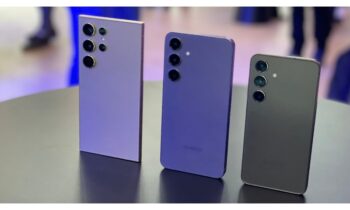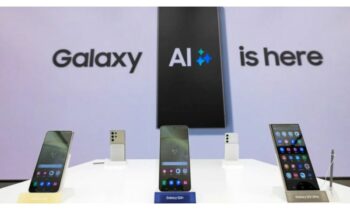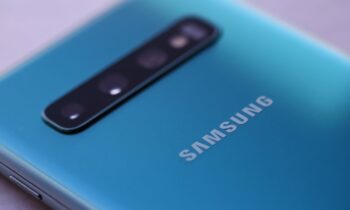The introduction of a new generation of mass-market chips based on multi GNSS dual frequency measurements, already being commercialized and integrated in smartphones by major manufacturers, is contributing to a new level of positioning accuracy in the mass-market location-based services.
Today, we are assisting to a proliferation of high accuracy applications on smartphones, thanks to the availability of dual frequency measurements along with the capability to process GNSS raw measurements on Android devices. Here the authors address a new level of sub-meter positioning accuracy, before unimaginable without professional grade equipment, and now accessible to everyone on smartphones, to people on all budgets.
While a new generation of mass-market chips using multi GNSS dual frequency measurements provides great potential, there are still some hardware limitations to overcome, most notably related to the poor quality of the GNSS antenna integrated in smartphones.
The dual frequency choice is supported by the current GNSS constellations: GPS, Galileo, BeiDou, Quasi-Zenith Satellite System (QZSS) and NavIC (NAVigation with Indian Constellation) are already providing a sufficient number of satellites broadcasting in both L1/E1 and L5/E5a frequency bands. The selection of this dual frequency combination is particularly appealing for two main reasons:
1. Spectral efficiency: all the signals are with the same central frequency and bandwidth.
2. Wide-band signals: most signals in the L5/E5a band are wideband with BPSK(10) modulation. This is very important for multipath rejection as it will be shown further in this article.
Despite the fact that in its Initial Services phase, Galileo provides the majority of satellites broadcasting in the E1/E5a frequency band, with a fundamental contribution to the dual frequency service.
It is important to stress that the final positioning accuracy in mass-market devices is not only driven by GNSS measurements, either single or dual frequency. In addition to GNSS, a very important role is played by the smartphone integrated inertial sensors and additional terrestrial based signals, including for example cellular network (4G/5G), WiFi, NFC, Bluetooth, etc. All these ingredients contribute to the fused location and its ultimate accuracy. Technology is also evolving towards an indoor/outdoor seamless positioning, which cannot rely only on GNSS.
This article provides an update of the work first shown in an ION GNSS+ 2018 paper, “Dual Frequency Mass-market Chips: Test Results and Ways to Optimize PVT Performance” (Crosta et alia, Additional Resources), including more recent test results from the 2nd Galileo App Competition 2018-2019, organized by the European Space Agency (ESA) in collaboration with the European GNSS Agency (GSA), the European Commission and Google. This year’s challenge was to develop an Android smartphone app capable of exploiting the dual frequency signal capability and achieve a sub-meter accuracy worldwide in unobscured sky conditions. The competition was open to all students from European universities and trainees in posts at European R&D organizations (for more information see the ESA website link in Additional Resources).
The tests results shown in this article have been conducted in a variety of configurations and scenarios, including static, pedestrian and vehicular setups. The quality of the raw measurements has been evaluated through code multipath analysis and cycle slips occurrence probability. The final positioning accuracy is presented in terms of standard deviation and 95th percentile against a precise RTK/PPP reference, using different algorithms and frequency combinations.
Test Setup, Measurement Campaign
As shown in Figure 1, the test set up includes a standalone GNSS chipset evaluation kit (see Manufacturers), the first mass-market dual frequency multi-GNSS chip, as well as a smartphone, in turn the first phone integrating the same dual frequency chip. Similarly to other authors (Riley et alia), the development kit enabled the comparison of the standalone performance of the chip against its integrated smartphone version. The main differences in the test setup between this evaluation kit and the smartphone are the following:Screen Shot 2019-09-23 at 8.01.31 PM
• The evaluation kit is provided with an external antenna port and it was connected to a professional grade antenna during the test campaign whilst the phone has an embedded planar inverted F antenna (PIFA), linearly polarized, located at the bottom part of the phone.
• The GNSS development system does not provide a position fix, it communicates via USB to an HTC Nexus 9 tablet and publishes data via the Android GNSS measurement API (see Figure 1). These measurements can be logged by the Google app named “GNSS logger.” The output of the GNSS logger is a single log textual file with the format of the Android API GNSS raw measurement: such file is then converted with a proprietary tool into RINEX 3.02 format with C1C L1C S1C C5Q L5Q S5Q observables by following the procedures described in the white paper published by GSA (see Additional Resources).
• The smartphone can output the GNSS raw measurements through Android GNSS measurement API, but it also provides a real-time position fixes through the Android fused location provider.



